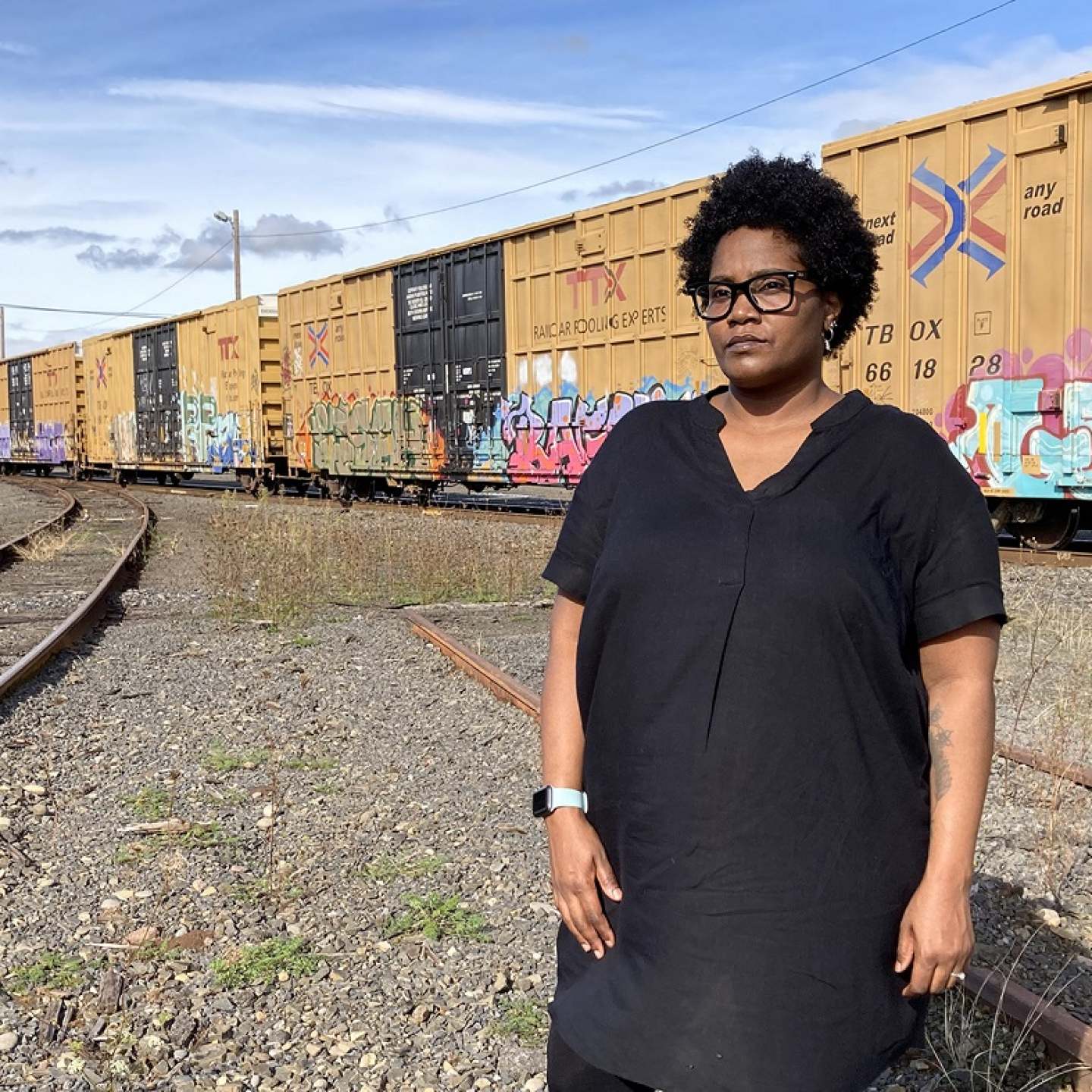Underground petroleum contamination is a widespread problem that drains public resources and has been routinely mismanaged to the detriment of…
FOLLOW @BEYONDTOXICS
Please join us in working for a world beyond toxics.
Beyond Toxics is a 501(c)(3) non-profit organization and all contributions are fully tax-deductible.
Please consider giving a gift of a Beyond Toxics membership to a friend or family member!

Contact
Lane County Office
120 Shelton McMurphey Blvd.
Suite 280
Eugene, OR 97401
+1 (541) 465-8860
Jackson County Office
312 N. Main St., Suite B
Phoenix, Oregon 97535
Mailing Address
P.O. Box 1106
Eugene, OR 97440
Hours
Daily: 9:00 am - 5:00 pm
Saturday: Closed
Sunday: Closed


